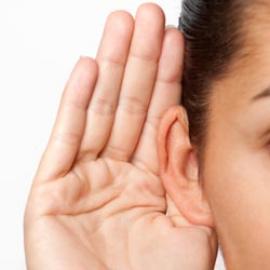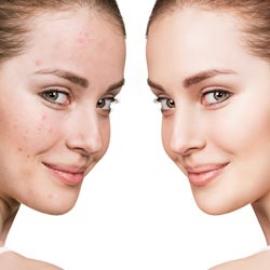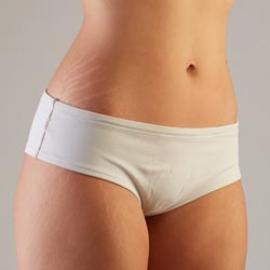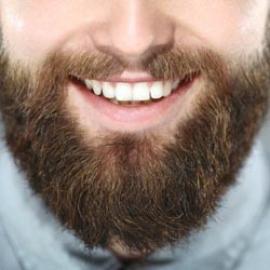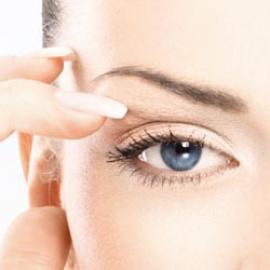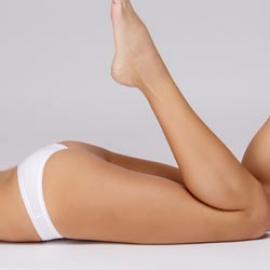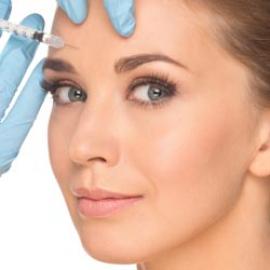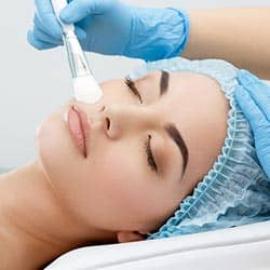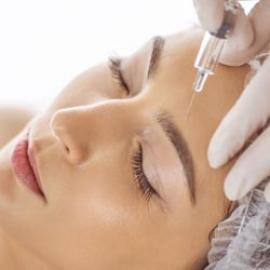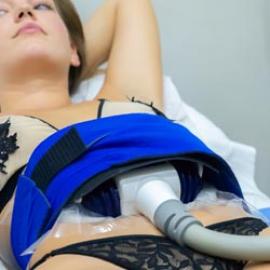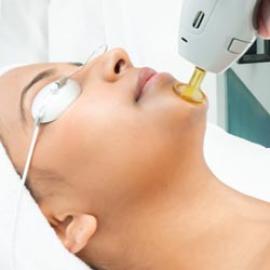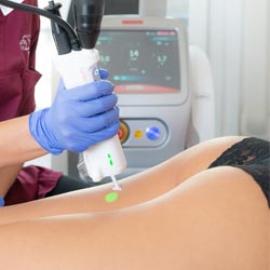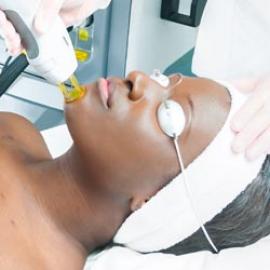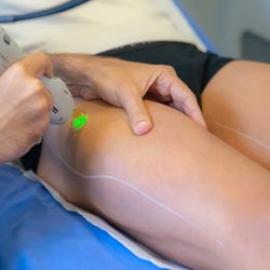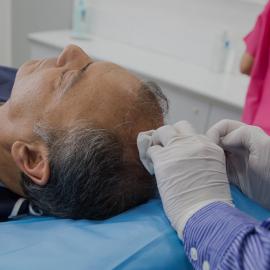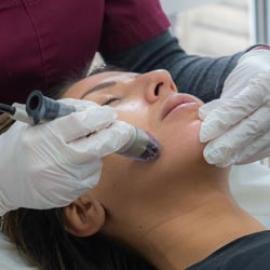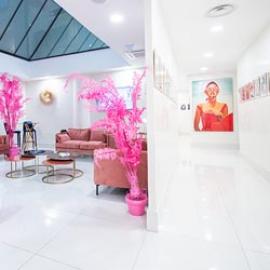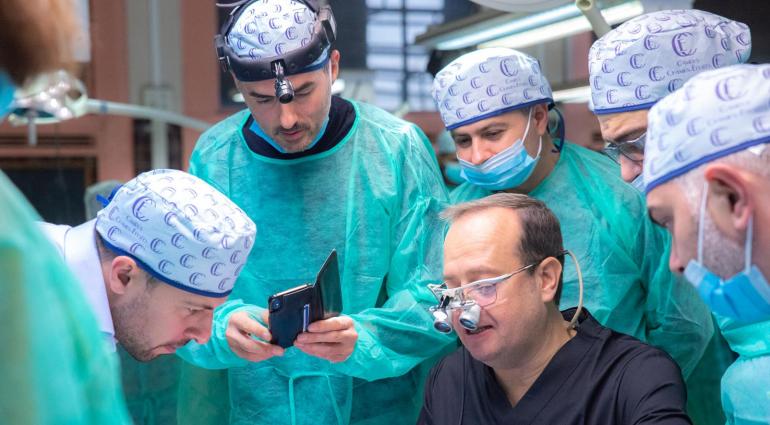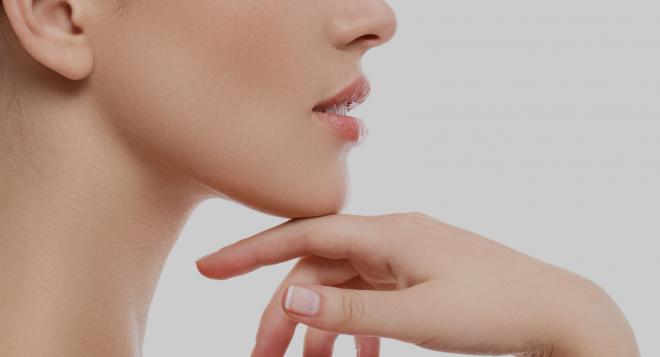
The chin is a third of our face and is contributing to our facial harmony. In general, when in profile, the chin and the corners of the lips are aligned, in some cases the chin may be more pronounced or, on the opposite, receding.
A weak chin, due to its unflattering character, can be a source of some discomfort for both men and women. Some people no longer have any concerns about using surgery or esthetic medicine to restore a harmonious face.
Weak chin: what is it?
The chin is the jutting part of the bottom of the face. It is made of the mandibular bone where the teeth are implanted and the temporal bone is articulated. It is the only bone that can move around the skull which makes it possible to chew.
A weak chin is a receding chin set back from the entire face. Also known as retrogeny, this malformation can lead to difficulties and psychological pain for people who have it.
When the chin recedes, it is apparent that the angle between the neck and the chin is no longer drawn and the neck seems thicker. Over time, this malformation appears to be more pronounced and can worsen dramatically.
In this way, retrogeny can cause a number of problems such as:
Teeth alignment issues
A weak jaw can lead to misalignment of your teeth because your jaw is not correctly aligned.
Some sleep or even breathing issues
Apart from esthetic problems, weak chin may also cause TMD (temporomandibular joint dysfunction) and headache problems. If the jaw and airway are not fully developed, the airway can easily be obstructed during sleep.
Double chin appearance
Early development of double chin is seen in people with receding chin. Since the chin is smaller and not clearly developed, the shape or contours of the chin and neck remain undefined.
If it recedes too far back, it may also lead to issues with self-esteem.
The effect of the shape, size and prominence of the chin is more than just an esthetic point of view. Besides medical problems, it can also cause low self-esteem.
Weak chin: the causes
Generally, a receding chin is a family feature. Several members of the same family can have a receding jaw, which is why the lower mandible is pulled back.
This malformation occurs as the body grows and can increase over time. A receding chin can appear from an early age and sometimes even at birth. However, surgery is only possible at the age of 18 when all the bones in the patient's face are fully grown.
Weak chin: how to improve it
In the case of a weak chin, remedies can be sought by surgery as well as in an esthetic medicine that can help restore a harmonious face. Where there is only minor retrogeny, it is appropriate to rely on aesthetic medicine and hyaluronic acid injections.
If the receding chin is too prominent, injections of the filler would not be possible. It will therefore be appropriate to conduct a genioplasty in order to correct any malformation and to move the chin forward. It is also possible to fix retrogeny by adding prostheses.
The contours of the chin and jaw are thus corrected by enhancing their prominence and symmetry. A receding chin is also associated with a nose hump. It is possible to perform a profileoplasty in this particular situation.
In all cases, the doctor will deliver a treatment that is tailored to your needs and desires.
Our solutions for improving a weak chin
Discover all our treatments-surgical and non-surgical-to build well proportioned and balanced features by correcting a weak chin.




